The 400 Blows —a film about (the transgression of) structures, limits, rules, and norms—gives rise to an invigorated film classroom. It offers a method and site of teaching that outshines the strictures of rote learning and champions the pleasures of passionate and intellectual engagement with objects of love.. Hold the line. Preserving the 180 line is critical when you want the focus to be on actors or movement within a scene. When you reverse cut from one over-the-shoulder shot to the other, keep the camera on one side of the line to maintain continuity and keep things consistent for the audience. Break the line.
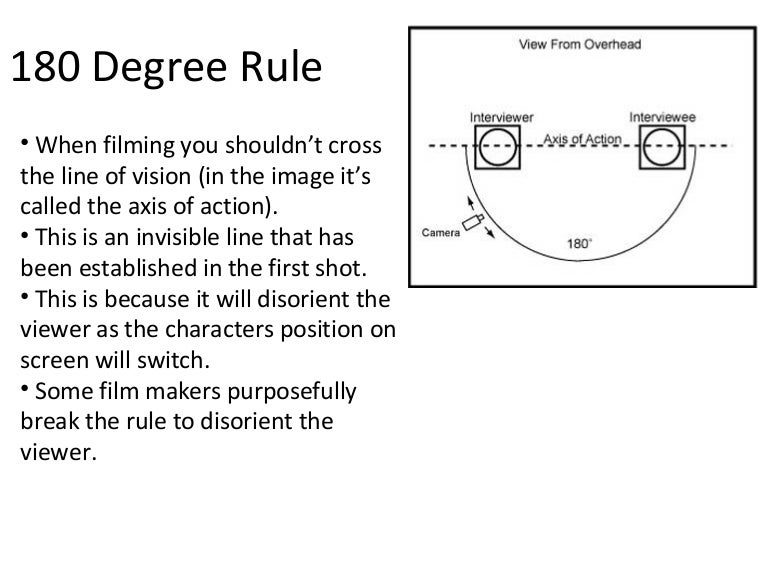
180 Degree Rule

The 180Degree Rule Explained Restream Blog

Filmic Pro Understanding 180 Degree Rule

Qu'estce que la règle des 180 degrés dans la réalisation de films ? MASV

The 180 Degree Rule
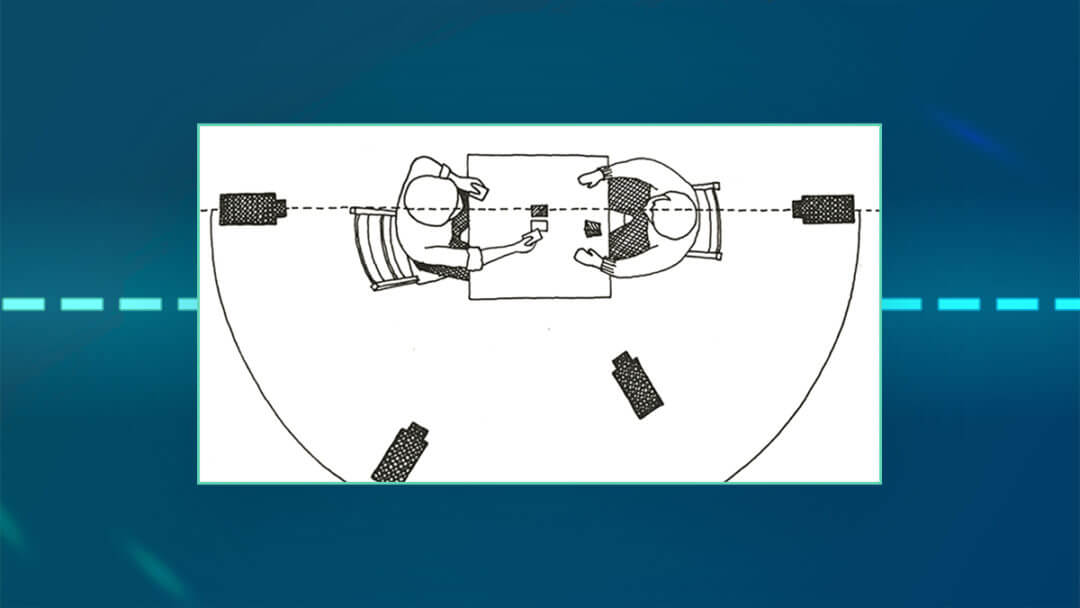
¿Qué es la regla de los 180 grados en el cine? MASV

Breaking the 180 Degree Rule for BETTER Storytelling Crossing the 180° Line Examples in Movies

The 400 Blows The Criterion Channel
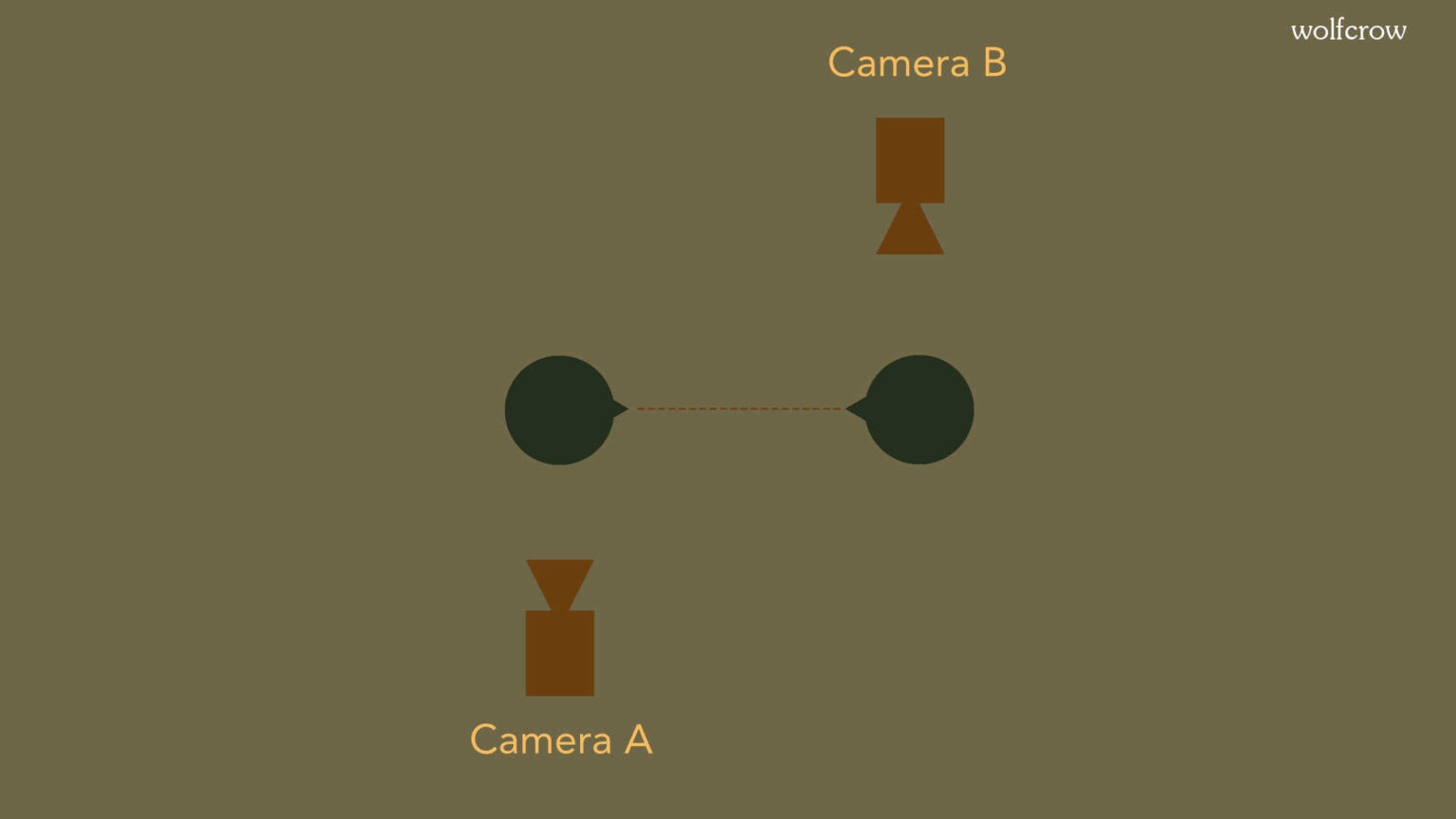
How to break the 180degree rule

How to break the 180degree rule

The 400 Blows (1959) The Criterion Collection

180degree rule Wikipedia

When to break the 180 degree Shutter rule? YouTube

The 180 Degree Rule in Filmmaking Cadrage App
![180Degree Rule In Filmmaking Explained [With Examples] 180Degree Rule In Filmmaking Explained [With Examples]](https://www.freelancevideocollective.com/wp-content/uploads/2021/12/180-Degree-Rule-diagram.jpg)
180Degree Rule In Filmmaking Explained [With Examples]
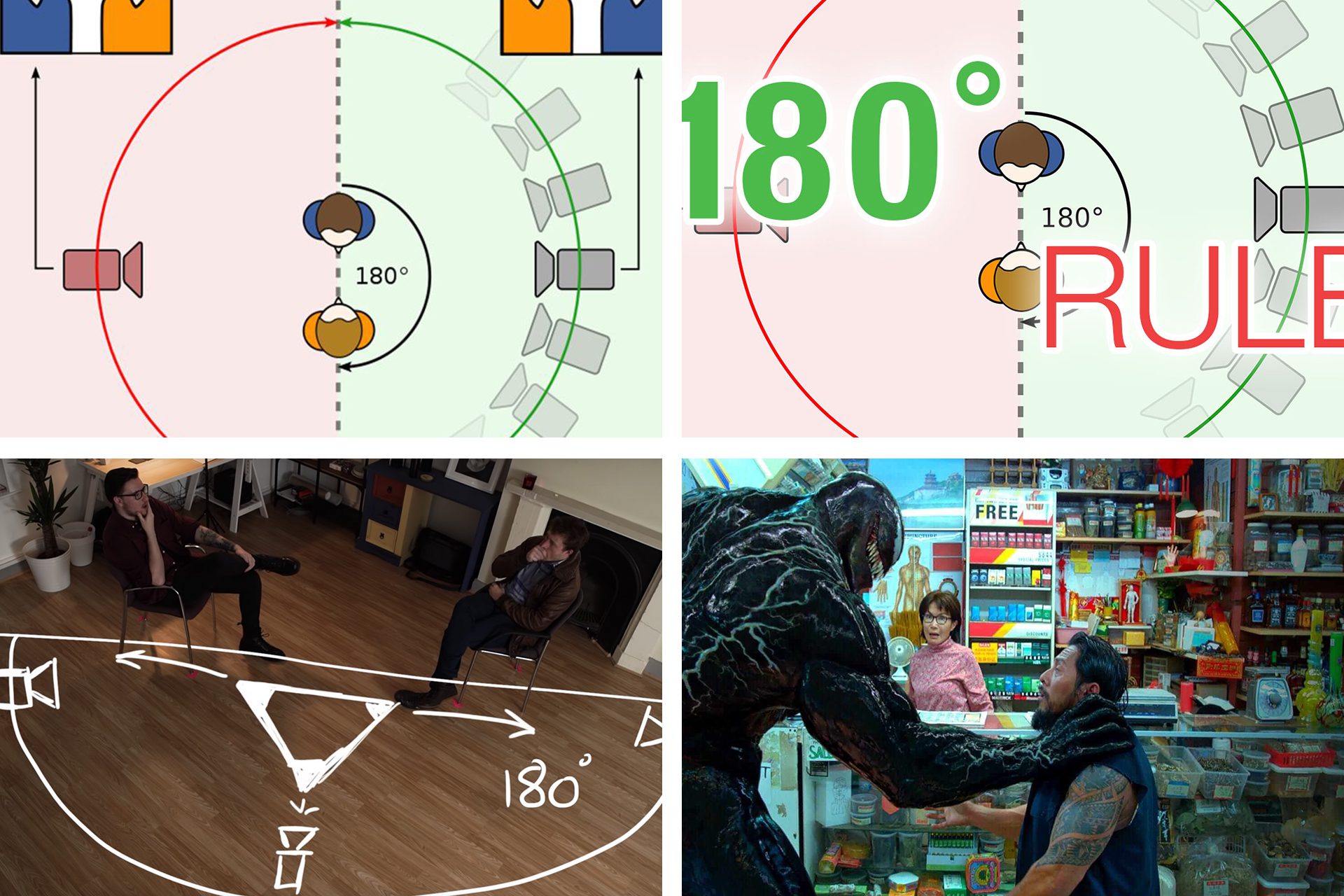
What Is The 180 Degree Rule in Film? The Definitive Guide

Understanding the 180Degree Rule In Media
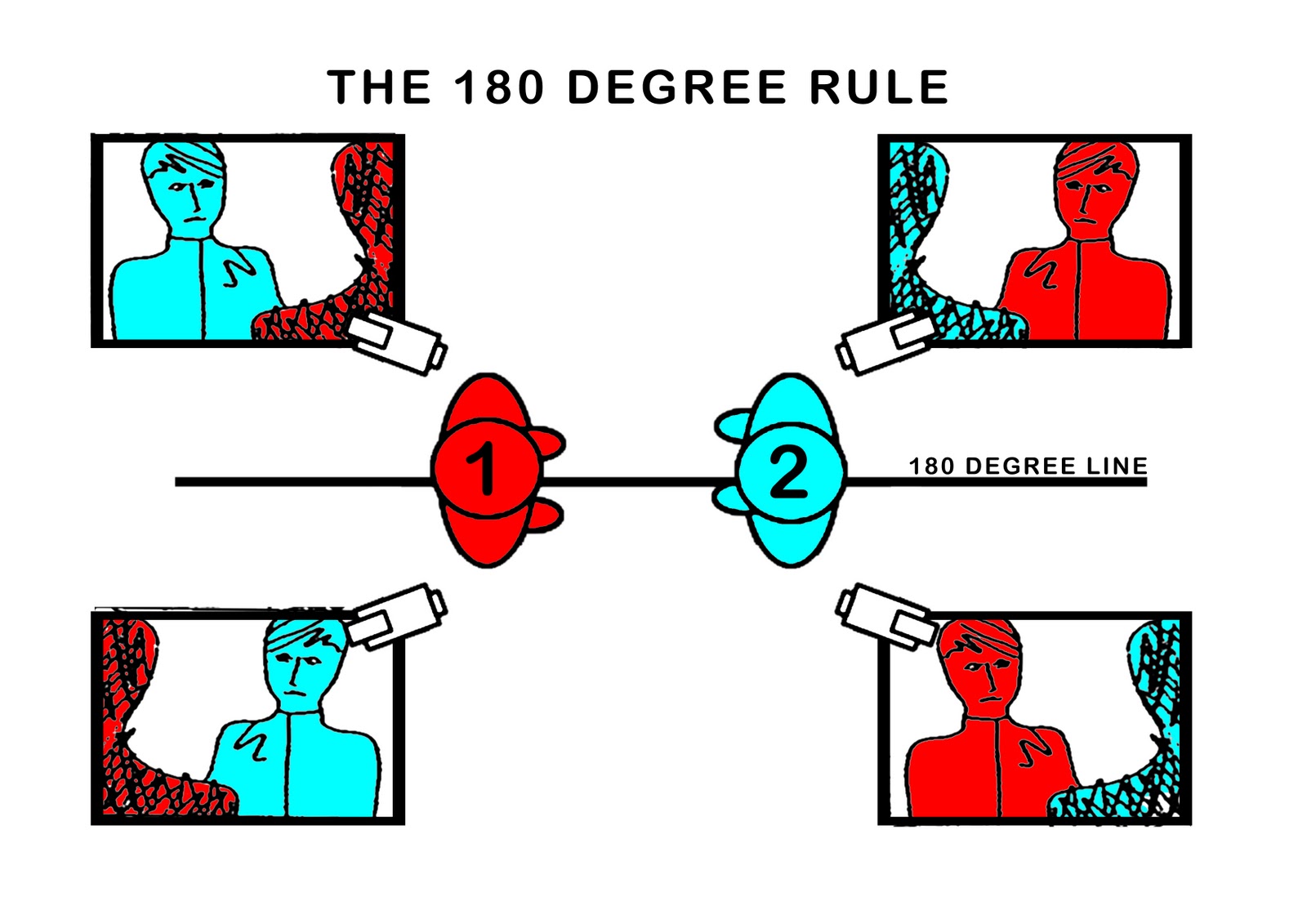
SAT Level 3 YEAR 1 SESSION 12 FILMING DIALOGUE & THE 180 DEGREE RULE

The 180Degree Rule Explained Restream Blog
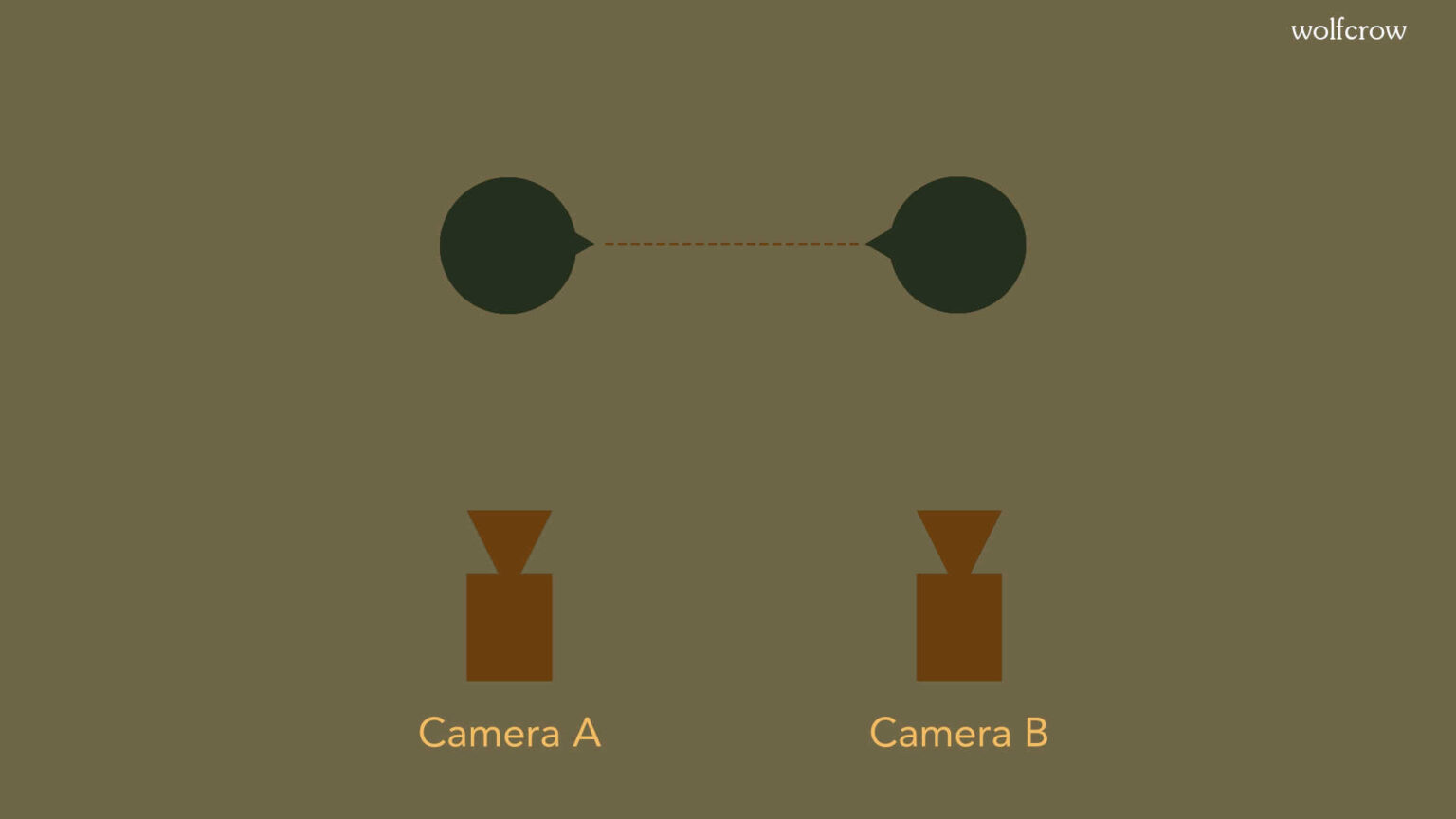
How to break the 180degree rule
The 180 degree rule is a filmmaking guideline for spatial relations between two characters on screen. The 180 rule sets an imaginary axis, or eye line, between two characters or between a character and an object. By keeping the camera on one side of this imaginary axis, the characters maintain the same left/right relationship to each other.. The 180-degree rule is a guideline that gives your audience information about on-screen spacial relationships between characters and objects. Picture an overhead schematic of your scene and then draw a line right down the middle of it. This line is called the "axis" and it divides your frame into two sides.